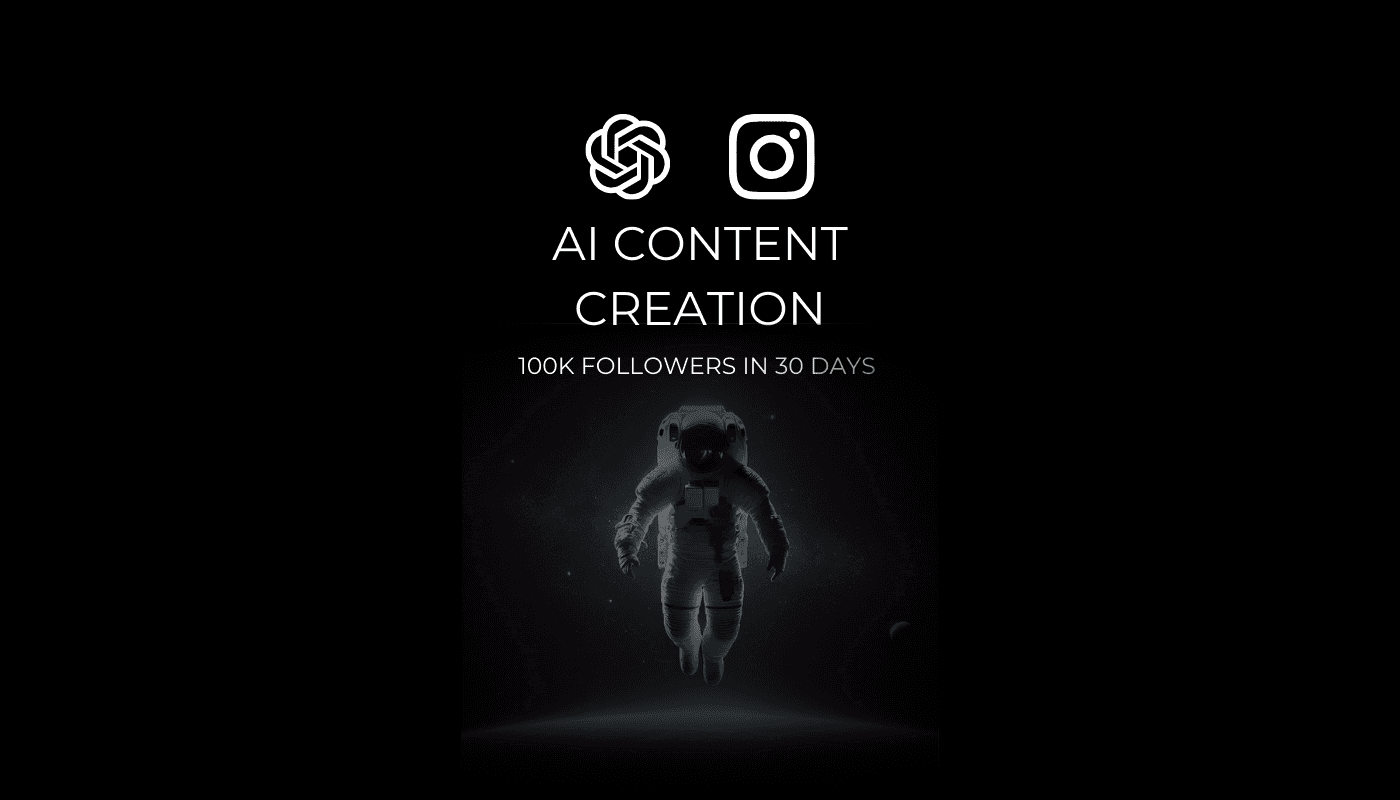Why Paid Advertising Still Works
Some marketers claim organic traffic is the future and that paid ads are becoming too expensive. While organic strategies like SEO and content marketing are valuable, they take time.
Paid advertising gets immediate results. With the right targeting, a well-optimized campaign can start bringing in leads and sales within hours.
That’s why businesses continue to invest billions in platforms like Google and Facebook. The key is to spend smart and not just spend money on ads and hope for the best.
A successful paid advertising strategy comes down to:
Choosing the right platform for your audience.
Writing ad copy that grabs attention.
Optimizing for lower CPC (cost per click) and higher conversions.
The brands that get this right win big.
Google Ads vs. Facebook Ads: Which One is Better?
Most businesses ask the same question: Should I run Google Ads or Facebook Ads?
The simple answer depends on your goals. Google Ads work best for high-intent searches. People on Google are already looking for solutions, which means they’re closer to making a purchase.
Facebook Ads are ideal for building demand. They put your offer in front of people who might not be searching for it yet, but could be interested if the ad is compelling.
If you sell a product people actively search for like home services, legal help, or software, Google Ads will likely give you better results. If your product needs more education or impulse-driven purchases like an eCommerce brand, coaching business, or new tech, Facebook Ads might work better.
The best strategy? Use both.
Google captures people already searching, while Facebook builds awareness and demand before they even think about searching.
How to Optimize Google Ads for Higher ROI
Running Google Ads is easy. Running profitable Google Ads is hard.
Most businesses waste money because they target the wrong keywords, use generic ad copy, or send traffic to poorly optimized landing pages.
To get the most out of Google Ads, focus on three things:
1. Choose the Right Keywords
Not all keywords are worth bidding on. Some attract too many unqualified clicks or have low purchase intent.
If you’re a local plumber, you don’t just want to target “plumber.” You want to go after “emergency plumber near me” because that’s someone ready to call right now.
Use Google Keyword Planner to find keywords that have:
High intent (people actively looking to buy).
Low competition (so you don’t overpay).
A good balance of volume and affordability.
2. Write Ads That Get Clicked
A great ad grabs attention immediately.
Instead of saying:
"Need a plumber? Call now!"
Say:
"Pipe burst? Get a plumber at your door in 60 minutes!"
The second ad works because it speaks to urgency and solves a problem instantly.
The more specific and compelling your ad, the more clicks you’ll get. And more clicks = lower CPC.
3. Improve Your Landing Page
A bad landing page can destroy your ad performance.
If someone clicks your ad but doesn’t convert, you’ve just wasted money.
Make sure your landing page:
Loads fast (under 3 seconds).
Has a clear call to action (Buy Now, Schedule a Call, Get a Quote).
Matches the message in your ad (so users don’t feel tricked).
Google rewards good landing pages with higher Quality Scores, which means lower costs per click and better rankings.
How to Make Facebook Ads Convert
Facebook and Instagram ads can feel frustrating if you’re not getting conversions. The mistake most businesses make is they treat Facebook like Google. Google users already want something. Facebook users need to be convinced.
To make Facebook Ads work, focus on three key elements:
1. The Hook
The first line of your ad determines whether people scroll past or pay attention.
Instead of: "Looking for a personal trainer?"
Say: "Busy schedule? Here’s how to get fit in just 15 minutes a day."
It pulls people in and makes them curious to read more.
2. The Offer
Your ad needs to answer: Why should I care?
The best offers do one of two things:
Solve a painful problem.
Promise a desirable result.
Example:
"Tired of spending hours editing videos? Our AI tool does it in seconds."
If the offer is strong, people click and buy.
3. Retargeting = More Sales
Most people won’t buy the first time they see an ad.
This is where retargeting ads come in.
If someone clicked your ad but didn’t buy, retarget them with a follow-up ad:
"Still thinking about it? Here’s 10% off—expires in 24 hours!"
Retargeting recaptures lost leads and brings them back when they’re ready to purchase.
TikTok & LinkedIn Ads: Hidden Goldmines
While Google and Facebook dominate, TikTok Ads and LinkedIn Ads are rising fast.
TikTok Ads = Cheap Attention
TikTok’s algorithm pushes ads to the right audience quickly. That means you can get massive reach for low cost.
If you have a product that’s visual, trendy, or appeals to younger audiences, TikTok Ads can drive fast results.
LinkedIn Ads = High-Value B2B Leads
If you sell to businesses, LinkedIn is the best platform for B2B lead generation.
Decision-makers actually check their LinkedIn messages, and LinkedIn Ads let you target CEOs, VPs, and managers by industry, company size, and job title.
It’s more expensive than Facebook, but higher quality leads make up for the cost.
Final Thoughts: How to Win at Paid Ads in 2025
The key to success isn’t spending more money. It’s spending smarter.
That means:
Choosing the right platform for your audience.
Writing ad copy that demands attention.
Optimizing for lower costs and higher conversions.
Paid ads work. But only if you use the right strategy.
If you’re tired of burning money on ads that don’t convert, it’s time to change the approach.
Start small. Test different creatives. Double down on what works.
That’s how you scale a profitable paid ad campaign in 2025.
By:




